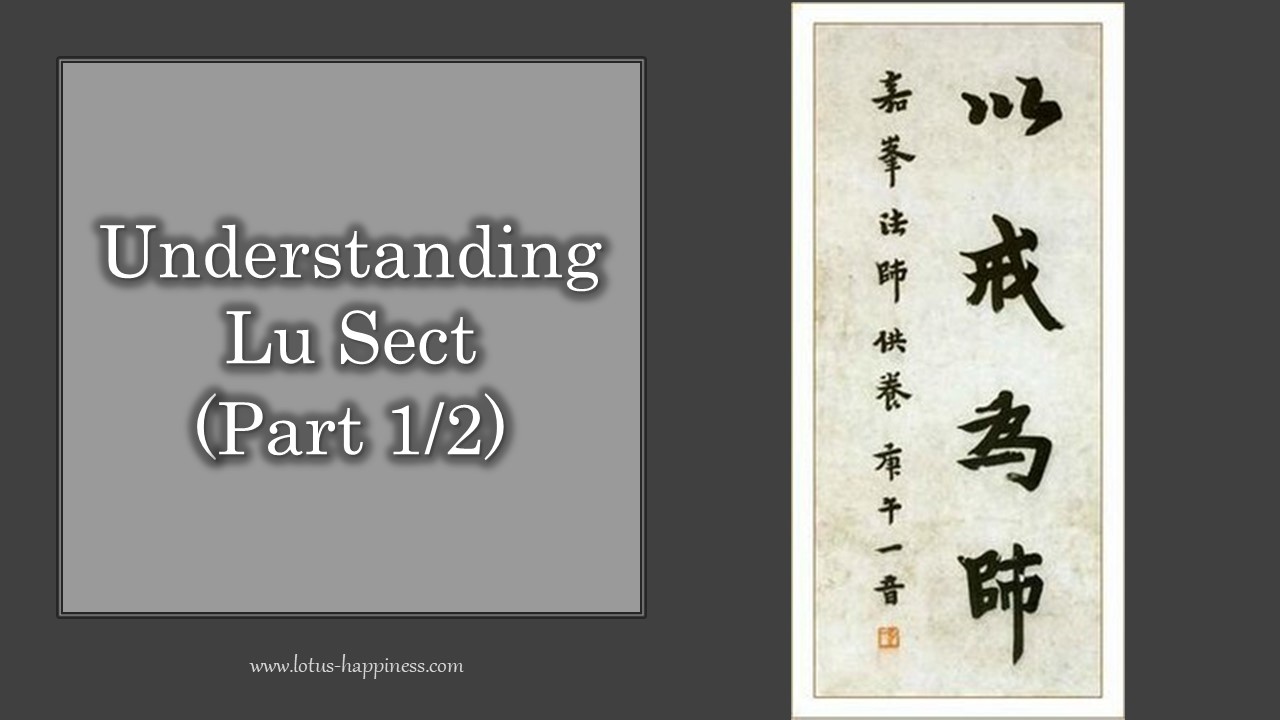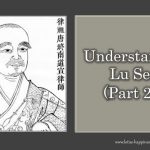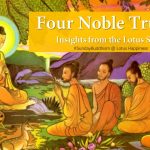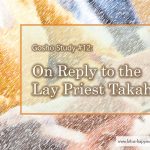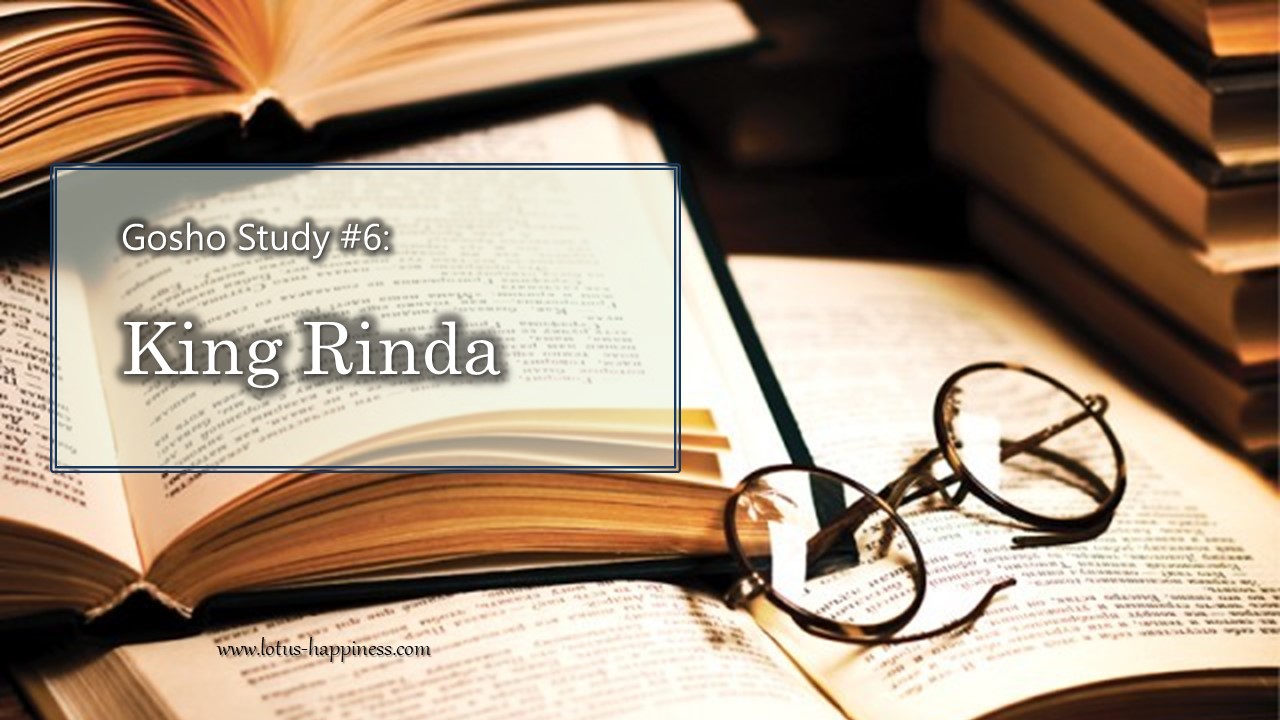Understanding Lu Sect (Part 1/2)
Name
‘Lu’ [律] is transliterated in Chinese from the Sanskrit word Vinaya. It means the code of monastic discipline, which is one of Tripitaka. Lu-tsung [律宗] is actually Vinaya Sect.
It is also known as Nan-shan-tsung [南山宗]. As the founder of Lu-tsung , Master Tao-husan [道宣] lived in Zhong-nan-shan [終南山], this sect is named after it.
In Japan, this sect is called Ritsu Sect.
Development
In the Dynasty of Disunities, there were many masters who were specialized in Vinaya. They made commentaries on the Four-category Vinaya, which was generally used for reference by that time.
As Mahayana Buddhism became more popular in Tang Dynasty, Lu-tsung which was regarded as Hinayana, was relatively popular. However, a highly respected master Tao-hsuan established the school through the study and teaching of Vinaya texts. He also attempted to interpret the texts with the doctrines in Mahayana Buddhism, and to adopt the respective practices and fruition in cultivation. It will be discussed later.
As Vinaya is a common teaching for all Buddhists, whether they are ordained or not. It also provides the source of monastic disciplines for most other sects. Thus, Lu-tsung can sustain its status in the historical development of Buddhism.
Principal Texts
Mainly based on the Four-category Vinaya [四分律]. The text was compiled by Dharmagupta [曇無德] in Ceylon 400AD, and translated in Chinese by Buddhayasas [佛陀耶舍] in 60 fascicles. Though there were other Vinaya texts circulated in China, such as Ten-verse Vinaya [十誦律] by Sarvastivada school, Samghika Vinaya [僧袛律]. Five-sect Vinaya [五部律], they were less influential.
Generally, the Vinaya texts cover the procedure for ordination, lists of major and minor offenses and punishments, rules of seniority, rules observed by the monastic communities. In Four-category Vinaya, there listed precepts for Bhiksu and Bhiksuni, the precepts of confessing the sins of oneself and the others in the Sangha assembly, the precepts taken in the residence in monastery, etc.
The Importance of Vinaya
Vinaya is one of the Tripitaka in Buddhist teaching. When Shaykamuni Buddha was going to enter Nirvana (i.e. to die), he replied to his disciple Ananda that they should take the precepts as their TEACHER after his death.
The Buddha also reiterated the importance of taking precepts, which is the first of the Three Studies, namely, upholding precepts, meditation and wisdom. One who does not uphold the precepts can never attain Arhatship and Buddhahood.
Precept is written as Sila [尸羅] in Sanskrit, which means ‘cool’. It reflects the fact that our bad karma is main cause of sufferings and affliction, just like the hot fire burning in our mind. Sila is the prescription to calm and cool it down.
Another Sanskrit word Vinaya [毘尼, 毘奈耶], which means ‘extinguish’ and ‘manage kindly’. Vinaya is observed to manage our bad karma seriously and to extinguish the bad effect incurred.
There are other Sanskrit words used to describe the precepts, such as Upalaksana [優波羅懺] and Pratimoksa [波羅提木叉]. The former bears the literal meaning as the rules, discipline and law, while the latter as the alternative to emancipate, or emancipate everywhere. Pratimoksa is generally referred to the 250 commandments observed by Bhiksu
In short, the precepts or commandments adopted by Shakyamuni Buddha could be generally categorized into two groups, one was ‘not-to-do’ and the other was ‘to-do’. Buy upholding ‘not-to-do’ precepts, one would stop doing evil, and by upholding ‘to-do’ precepts, one would do whatever is wholesome, kind and good.

